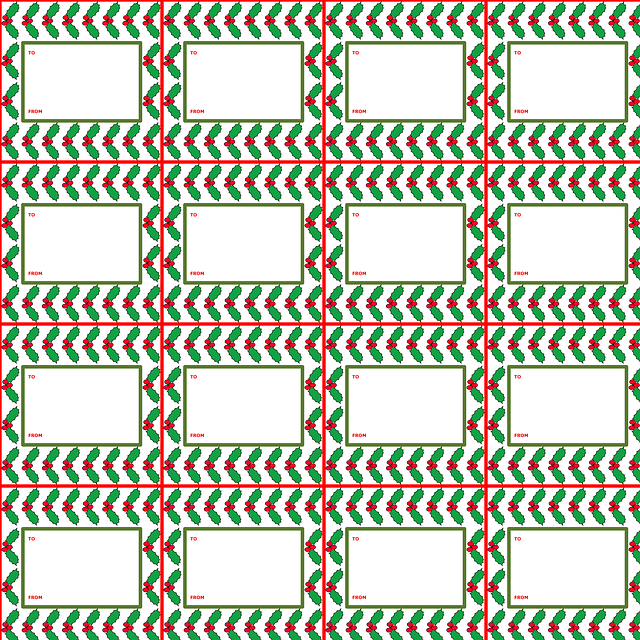Skin tags, medically known as acrochordons, are common growths caused by genetics, hormones, and obesity, typically appearing on the neck and armpits. London tag removal offers various methods, from over-the-counter creams to surgical excision, cauterization, or cryotherapy. Non-surgical options include salicylic acid or home remedies, while prescription medications and professional treatments cater to more persistent tags. Home removal requires caution, sterilization, and individual skin care, with expert advice emphasizing cleanliness for successful London tag removal.
Looking to bid farewell to unsightly skin tags? This comprehensive guide unravels everything you need to know about London tag removal. We explore the causes and types of these common growths, dissecting surgical versus non-surgical removal methods for effective and safe outcomes. Discover topically applied products proven to eliminate tags, along with expert tips to ensure successful at-home London tag removal.
- Understanding Skin Tags: Causes and Types
- Surgical vs Non-Surgical Removal Methods
- Topically Applied Products for Tag Elimination
- Expert Tips for Safe and Effective London Tag Removal at Home
Understanding Skin Tags: Causes and Types
Skin tags, also known as acrochordons, are small, soft skin growths that typically appear in areas where skin rubs against itself, such as the neck, armpits, and groin. They are usually harmless but can be a nuisance due to their appearance or itchy nature. Understanding the causes and types of skin tags is essential when considering London tag removal methods.
Causes range from genetics to hormonal changes and obesity, as friction against the skin can lead to their formation. They tend to occur more frequently in adults, especially as they age. There are several types, including acral and angiomatous tags, which may require different treatment approaches compared to common flesh-colored or darkly pigmented tags.
Surgical vs Non-Surgical Removal Methods
When considering skin tag removal, it’s crucial to understand the difference between surgical and non-surgical methods. In London, tag removal procedures can vary from quick, at-home remedies to more complex in-clinic treatments. Non-surgical options, such as using salicylic acid or over-the-counter tags removers, offer a milder approach, suitable for minor cases or those with specific concerns about scarring. These methods are often preferred for their convenience and minimal downtime.
On the other hand, surgical removal involves professional intervention from a dermatologist or healthcare provider. It typically includes excision (cutting out the tag), cauterization (sealing off blood vessels to prevent bleeding) or cryotherapy (freezing the skin tag). While more invasive, these procedures are often necessary for larger or persistent tags and can provide permanent results. London residents have access to advanced medical facilities offering both options, catering to diverse needs and preferences for effective skin tag removal.
Topically Applied Products for Tag Elimination
When it comes to topically applied products for London tag removal, there are several effective options available. Over-the-counter creams and gels often contain ingredients like salicylic acid or cryogenic substances that help freeze and remove skin tags gently but effectively. These products are easy to use at home and offer a convenient solution for minor tag removal.
For more persistent or larger skin tags, prescription medications can be a better choice. Topical treatments with higher concentrations of specific acids or medicated creams containing corticosteroids may be prescribed by dermatologists to expedite the removal process. Always consult a healthcare professional for personalized advice on the best product for your needs, especially if you have sensitive skin or other medical considerations.
Expert Tips for Safe and Effective London Tag Removal at Home
When considering London tag removal at home, it’s crucial to approach the process with caution and expertise. While some over-the-counter options are available, many professionals recommend seeking safe and effective methods to avoid complications. Expert tips emphasize the importance of cleanliness and sterilization to prevent infections. Using sterile tools and following precise techniques ensures minimal pain and discomfort during removal.
At-home care involves carefully cleaning the skin tags with antiseptic solutions and using specific tools designed for tag removal. It’s vital to follow instructions meticulously, allowing sufficient time for healing and applying recommended topical treatments to reduce scarring. Additionally, understanding that everyone’s skin is unique means what works for one person might not work for another; thus, patience and persistence are key when navigating London tag removal.
When it comes to London tag removal, understanding your options is key. From surgical procedures to non-surgical methods and topical products, each approach has its advantages and considerations. For a safe and effective solution at home, topically applied products have proven successful for many. Always consult with a dermatologist to determine the best course of action based on your skin tags’ type and severity. Remember, proper care and expertise can lead to successful London tag removal and healthier skin.
